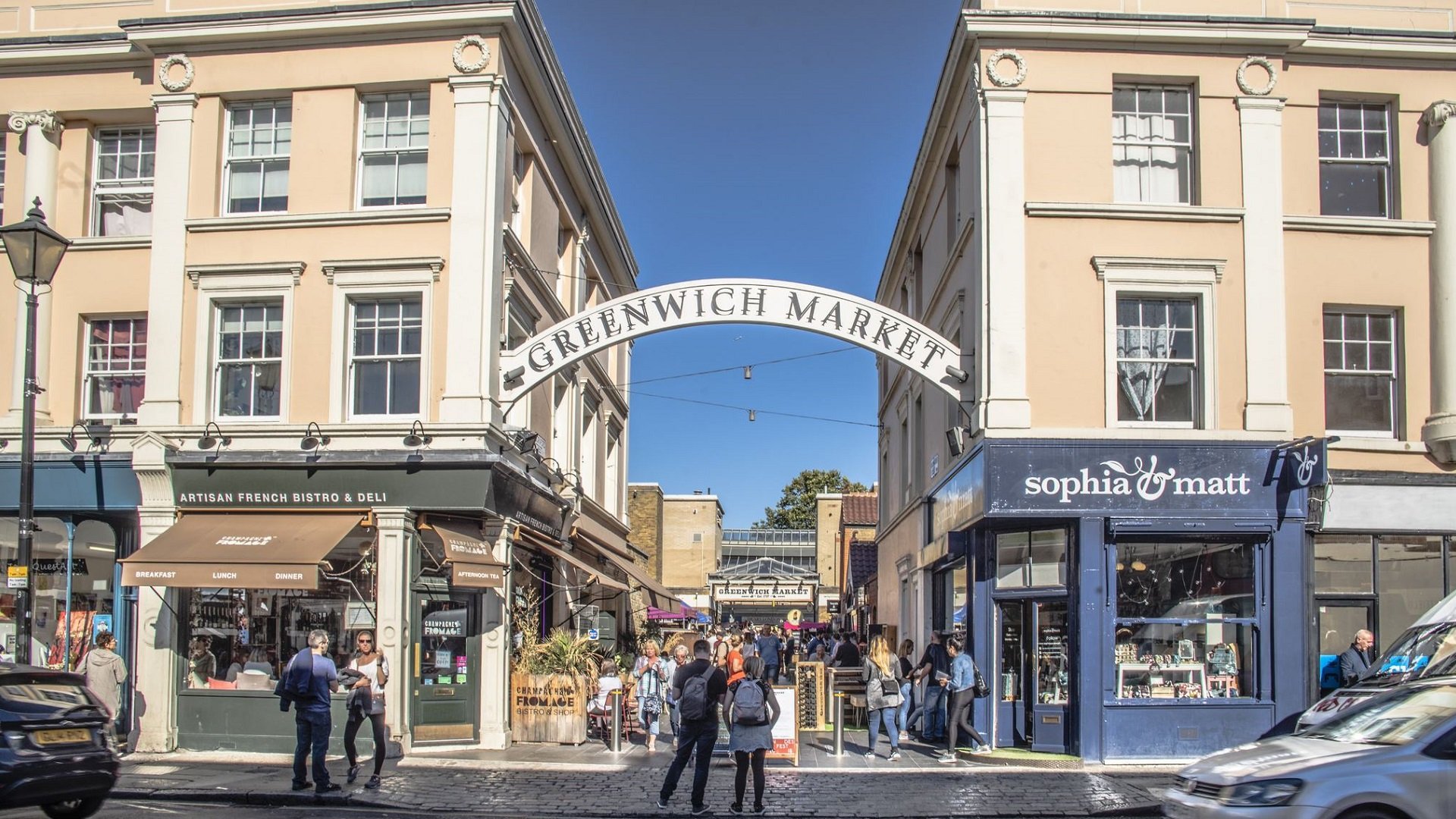
Introduction
In this series, we take a look at key 2021 Census headlines in different areas. This time… the London Borough of Greenwich, home to the Royal Observatory, Meridian Line, Royal Naval College and many more world-famous heritage sites. But, like all London Boroughs, Greenwich the Borough is much bigger than Greenwich the district, and includes very varied areas including multicultural Woolwich, suburban Eltham and the 1960s estates of Thamesmead.
Recently, Greenwich Council invested £45.6 million in a new venue, Woolwich Works, intended to be at the heart of the redeveloped Woolwich Arsenal area. Unfortunately, the project was £14 million over budget and opened in September 2021 when Covid was still a major concern for audiences and planners. It’s hardly surprising that audiences have been lower than forecast when the project was conceived, and it’s given the council a bit of a political headache. But what could Woolwich Works and other venues learn from the raw census data from their home Borough? Our Senior Consultant John Holmes lives in East Greenwich. Here’s his take.
Significant Population Growth
While Greenwich’s heritage attractions are widely celebrated, its arts venues need to work hard to emphasise the value of staying local rather than travelling to the South Bank or the West End – a message that might be doubly difficult to drill home for new residents
Working Age Rather Than Older Age
Greenwich’s population skews towards working age adults 35-49. In Greenwich they make up 23.6% of the population, compared to 19.4% nationally. The big difference is in older adults. Across England as a whole, 19.4% of the population is 50 to 64 and another 18.3% age 65 or older. In Greenwich, the figures are 16.5% (50 to 64) and 10.3% (65+) respectively. This is a challenge for arts organisations, for whom older, time-rich people often make up a disproportionate amount of the audience. Instead, there’s a need to tailor offers to time-poor working adults who are more llkely to have childcare responsibilities.
Eltham is the area of Greenwich with the highest percentage of over 65s – around 19%.
Children – Different Areas, Different Ages
The Census estimates that 27.6% of Greenwich households live with dependent children, and 20.5% of the population is age 15 or younger.
Looking in more detail, there are:
19,081 under 5s
18,792 children age 5 to 9s
21,393 age 10 to 15.
There is great variation between different areas of the Borough. The areas with the highest proportion of children are Abbey Wood and Thamesmead (23%+) in the East, and Middle Park & Horn Park (22%) in the far South West. The old district of Greenwich and Greenwich Peninsula have lower percentages of children (16% to 17%), while Woolwich Arsenal (where Woolwich Works is located) has the lowest percentage of all (10.4%).
Even within these figures, there are differences between younger and older children. The areas with more very young children (under 5s) are Charlton Riverside & Woolwich Dockyard (7.9%) and Greenwich Peninsula West (7.5%). These areas have many new developments of 2 bedroom flats that may have attracted new families looking for rental starter homes. But Greenwich Peninsula in particular has far fewer 10 to 15 year olds (5%), while in Thamesmead, Abbey Wood, Middle Park and Horn Park they constitute at least 10% of the population.
There are clear lessons here in where to target marketing campaigns for young people of different ages.
Ethnic and Linguistic Diversity
Greenwich has the seventh highest proportion of residents identifying as Black, Black British, Black Welsh, Caribbean or African (21%) in all of English and Wales. Specifically 15.3% identify as Black African – the second highest percentage in the country. This population is focused on areas including West Thamesmead (34.2%), Abbey Wood North (29.6%) and Woolwich Common (25.6%).
There is also a large Nepalese population in Plumstead, a result of historic connections with the army barracks. While ‘Nepalese’ was not an option on the Census form, 18.3% of the population ticked the ‘Asian, Asian British or Asian Welsh: Other Asian’ in the Plumstead High Street area, and the area has many Nepalese community groups such as the Royal Borough of Greenwich Nepalese Society. Nepalese is the most widely spoken language in Greenwich after English, with 2.1% of residents using it as a main language.
37.5% of Greenwich residents were born outside the UK, with 10% born in Africa and 5% specifically in Nigeria.
Acknowledging Deprivation
Like many areas of London, Greenwich has very varied rates of household deprivation. More than half of households (52%) are defined as deprived on at least one of four dimensions (education, employment, health, housing).
Interestingly, the neighbourhood with the lowest levels of household deprivation is the recently redeveloped Woolwich Arsenal, where Woolwich Works is based (67% of households not deprived on any dimension). It sits next to Woolwich Glyndon, which has the second highest rates of household deprivation in the Borough (34% not deprived on any dimension). Woolwich Works sits almost like an island amidst some of the poorest areas of London – any organisation based in Woolwich Arsenal aiming to attract audiences from neighbouring districts will need to reflect this in ticket prices, programming and the nature of its food and drink offer.
Travel
There is a big north-south divide in Greenwich in terms of car ownership. In areas north of Woolwich Road e.g. Greenwich Peninsula, Charlton Riverside, less than half of residents have access to a vehicle. The further south, the higher proportion own a car or van – e.g. 82% in New Eltham. The major roads and railway lines in Greenwich go east-west rather than north-south, making travel from the south of the Borough to the big arts centres and heritage sites near the river somewhat difficult. For many in these areas, it may be easier to travel into central London for arts and entertainment. With an appropriately timed train, it’s quicker to travel the 13 miles from New Eltham to the Southbank Centre on public transport as it is the 6 miles to Woolwich Works.
In Summary
Greenwich is undoubtedly a destination – people travel from all over the world to visit its major heritage sites. But for organisations looking to attract a local audience it’s a more complex picture, with different challenges in different areas of the Borough.
Headline points from our analysis are:
- Many people in Greenwich are new residents, and people move in and out a lot. There’s a need to be proactive and constantly reach out to these people to let them know you are here, for example by outdoor advertising, targeted social media advertising or even door drops.
- Most residents in Greenwich are time poor, either because of work or childcare commitments. There’s a need to schedule activities to fit different schedules, rather than relying on people to turn up at the usual 7.30pm evening slot.
- When working with children and young people, pay attention to the different areas of the Borough where different age groups (toddlers v teenagers) are concentrated.
- Activities that cater for local African and Nepalese communities are important.
- Pricing should take into account the high levels of deprivation in many parts of the Borough.
- Because of travel challenges, organisations in the north of the Borough should concentrate marketing resources on areas with easier travel links to their venue.
